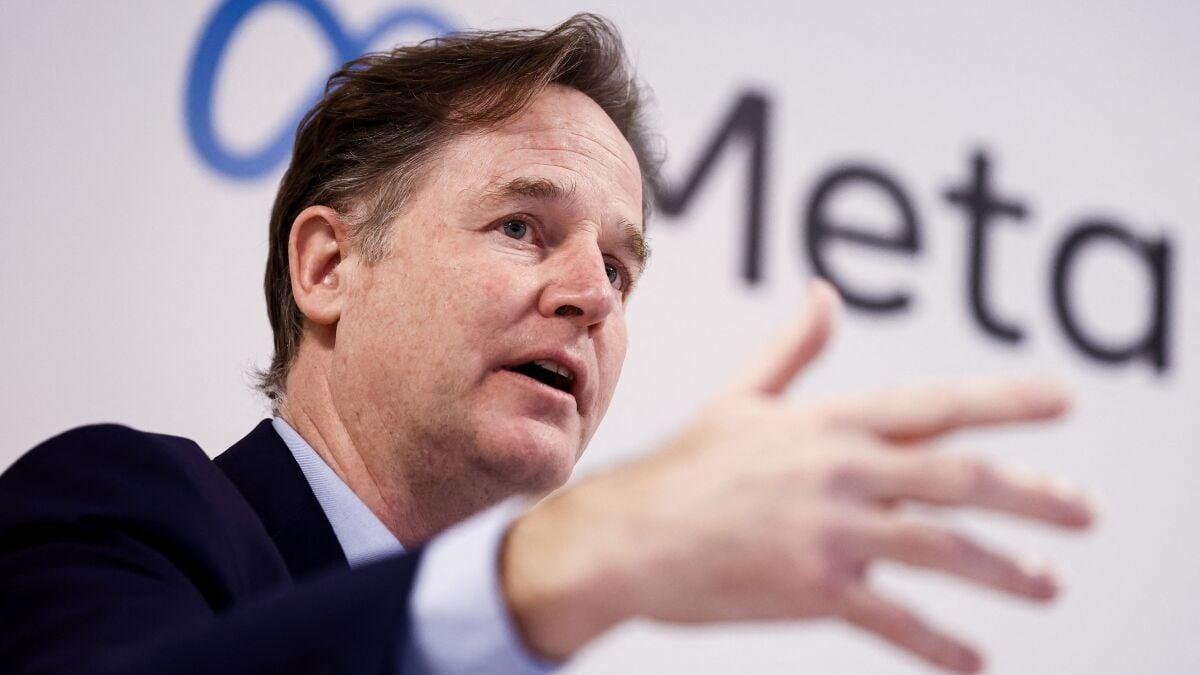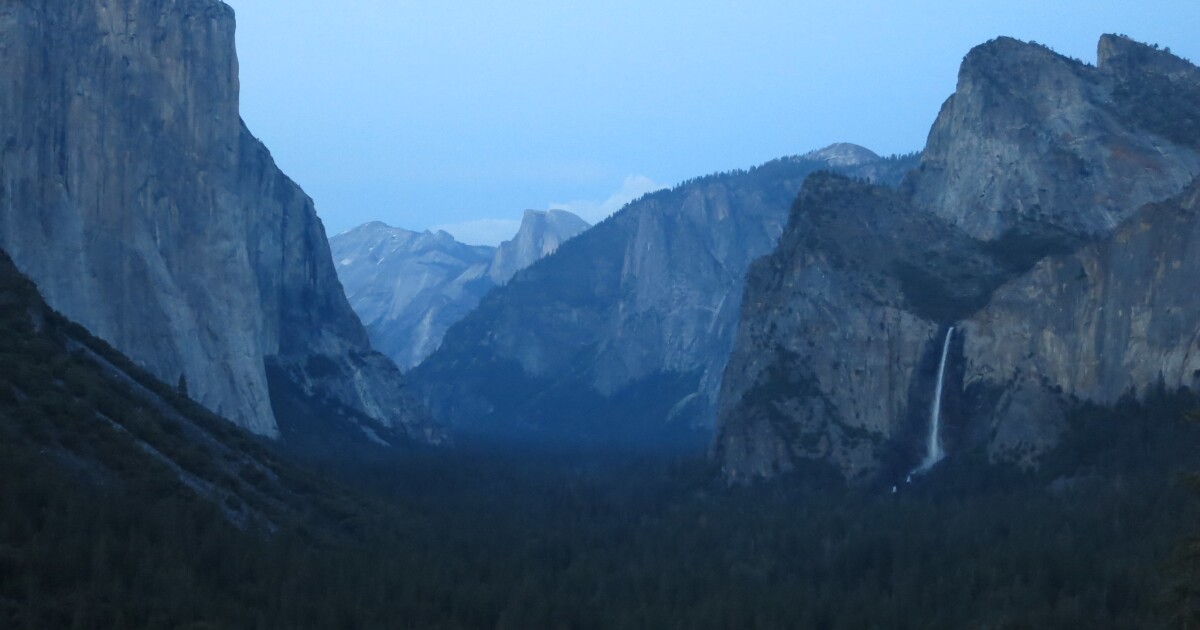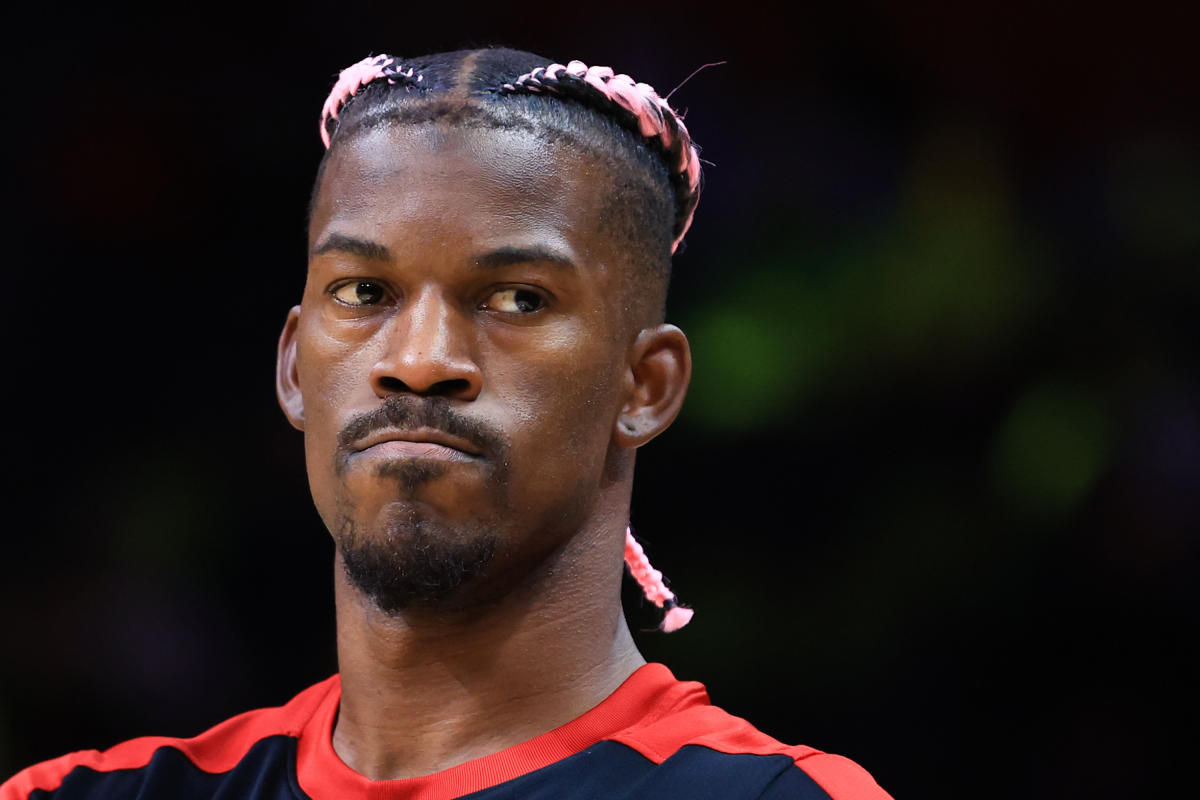
03/01/2025
31/12/2024
28/12/2024
28/12/2024
23/12/2024
21/12/2024
19/12/2024
29/01/2019
03/01/2019
28/12/2018
15/11/2018
10/11/2018
27/10/2018
22/10/2018
03/01/2025
03/01/2025
03/01/2025
03/01/2025
03/01/2025
03/01/2025
03/01/2025
The cryptocurrency world is a bit like baseball. Everyone’s swinging for the fences, hoping to hit a home run, but only a few coins actually connect with the right pitch. With the 2025 bull market looming, the game is on, and these five low-cap altcoins are the ones to knock it out of the park: Doge Uprising, Hedera, Monero, Render, and Cosmos.
So, step up to the plate and see what makes these picks stand out, starting with the scrappy underdog making waves before it’s even launched.
It’s rare to find a meme coin with ambition. Rarer still to find one with a fully-fledged narrative, a dose of utility, and a community buzzing before the token even goes live. Doge Uprising ($DUP) might just be the perfect cocktail of hype, substance, and timing.
JANUARY 9TH – $DUP IS COMING
What’s different here? At the heart of Doge Uprising is a futuristic dystopian world where Doge Mechas (yes, mecha robots inspired by Dogecoin) lead a rebellion against a Musk-esque technological overlord.
Sound ridiculous? That’s the point. It’s so outlandish that it’s captivating, pulling in crypto enthusiasts, NFT collectors, and even anime fans who can’t resist the story’s magnetic pull.
But storytelling isn’t where it ends. Doge Uprising is stacking its deck with tangible features. Most notably, its staking rewards. Offering 50% APY, $DUP gives holders the chance to earn passive income while staying locked into the community’s growth. This isn’t your average pump-and-dump coin. It’s engineered for sustainability.
To help with this long-term ambition, any unsold presale tokens get burned, creating scarcity that could drive demand sky-high when the coin hits the market.
The $DUP presale is the golden window. This is where the magic happens for investors who don’t want to miss the rocket before it takes off. Doge Uprising is shaping up to be a breakout hit in the meme coin renaissance – mark your calendar for January 9th at 7pm UTC to be a part of it.
While Doge Uprising stirs emotions, Hedera (HBAR) appeals to logic. Its enterprise-grade network, capable of handling 10,000 transactions per second with minimal fees, is the stuff of corporate dreams. Backed by giants like Google and IBM, Hedera is becoming the go-to platform for businesses entering the blockchain space.
HBAR’s low environmental impact and scalability have made it a darling of eco-conscious investors. Add to that its adoption across industries like supply chain management and tokenization, and you’ve got a coin that’s quietly laying the groundwork for long-term success.
In an age where surveillance feels omnipresent, Monero (XMR) is the silent hero of crypto. As the top privacy-focused cryptocurrency, Monero ensures transactions are confidential and untraceable. While regulatory scrutiny has tried to stifle it, demand for privacy in finance continues to grow. Its 2.6 billion dollar market cap effectively speaks for itself.
Render (RNDR) is the backbone for creators in the digital age. Its decentralized rendering network allows artists, developers, and designers to harness the power of idle GPUs for high-performance computing. Metaverses and digital experiences are almost guaranteed to become more immersive. With these improvements, Render’s utility will only grow, making it a very strong contender for the Bull Market.
Bridging blockchains is no small feat, but Cosmos (ATOM) is doing just that. Its interoperable architecture enables different blockchains to communicate seamlessly, making it a critical piece of infrastructure for the decentralized future. With ATOM staking providing consistent rewards, this project is as practical as it is visionary. Its market cap is the 49th largest at the time of writing. Its backers, however, fancy ATOM to challenge the top 20.
The ringing in of the new year, combined with a thriving Bull Market, promises crypto holders a wild ride. Low-cap altcoins like presale Doge Uprising, Hedera, Monero, Render, and Cosmos are well-positioned to deliver the kinds of returns that make headlines.
Of these, Doge Uprising shines above its rivals for its creative flair but for its commitment to combining utility with community. Its presale, set to launch soon, offers a chance to get in on the ground floor of what could be the next big thing in meme coins. Will $DUP be the coin to turn your portfolio into a masterpiece? The opportunity is there. Are you ready to seize it?
Start Your Presale Journey Today With Doge Uprising:
Website | Twitter | Telegram
Copyright @ TheCryptoUpdates









